“Close your eyes and imagine a synchronised swimming team,” is something doctors are saying to COVID-19 patients. This is not a niche therapy but rather a process that’s helping patients fight the coronavirus. Proning is the process of turning a patient with precise, safe motions from their back onto their abdomen (stomach) so the individual is lying face down. Experts suggest that it is especially beneficial in comprised COVID-19 patients with or without ventilator needs. The position allows for better expansion of the dorsal (back) lung regions, improved body movement and enhanced removal of secretions which may ultimately lead to advances in oxygenation (breathing). As India battles the second wave of the pandemic, it is becoming increasingly crucial to search for alternative ways to fight this deadly disease.
TC46 connected with medical professionals and experts to better understand what proning is, how it affects the body and ways doctors are using it to treat COVID-19 patients. Here, Infectious Disease Specialist Dr Anita Mathew of Fortis Hospital, Mumbai shares the 6 facts about proning while Pulmonologist Dr Anshu Punjabi of Fortis Hospital, Mumbai explains how proning has been helpful in successfully battling respiratory issues and improving breathing.
1. The effectiveness of proning and its impact on reducing mortality seems to be positive
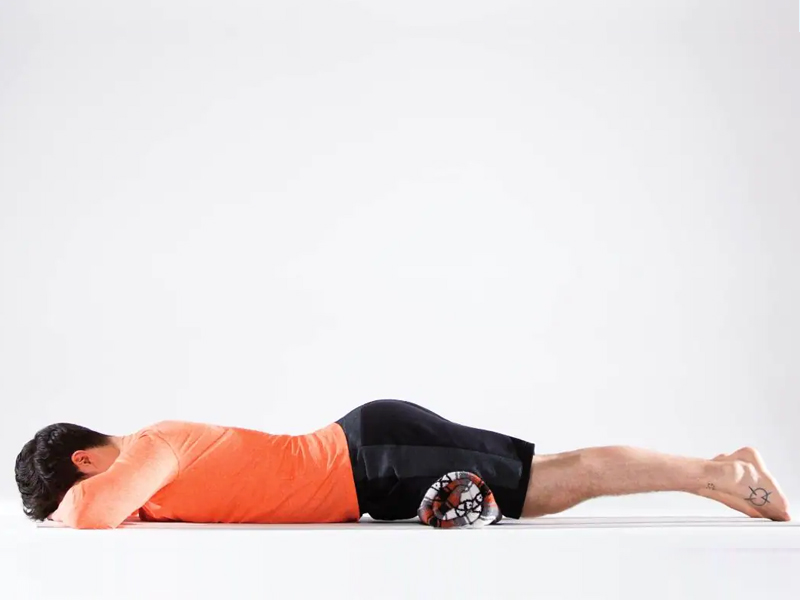
The effectiveness of ‘proning’ for patients with COVID-19, and its impact on reducing mortality has gained much attention over the past year. Ministry of Health and Family Welfare (MoHFW) recently advised proning for self-care amongst patients who have tested positive for COVID-19, stating it to be extremely beneficial. Now, in the current scenario when the shortage of hospital beds, drastically increased demand for oxygen concentrators and medication is being seen, improvement in oxygen levels through proning may be very relevant to possibly reduce the necessity of hospital admission.
2. Proning is a medically accepted position to improve oxygenation
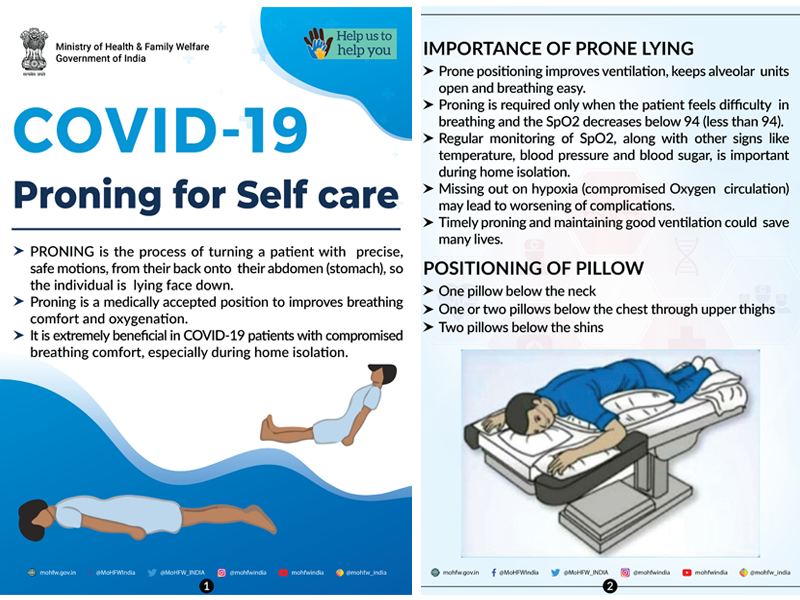
Lying face down is known as proning, it is a medically accepted position to improve oxygenation. If a patient’s oxygen levels drop below 94 (when measured at home on an oximeter), the patient can lie on their tummy; this position improves ventilation and enables comfortable breathing.
3. Experts stress the significance of proning for treating respiratory disorders

Physical position affects the distribution and volume of air in the lungs and can have direct effects on the expansion of the lungs to permit the exchange of oxygen and carbon dioxide in the blood. In the last few years, prone positioning has been used increasingly in the treatment of patients with Acute Respiratory Distress Syndrome (ARDS) and this is now considered a simple and safe method to improve oxygenation. It is a medically accepted process that involves turning a patient with precise, safe motions, from their back onto their abdomen so that the individual is lying face down to improve breathing.
4. Proning is only required when the SpO2 decreases below 94
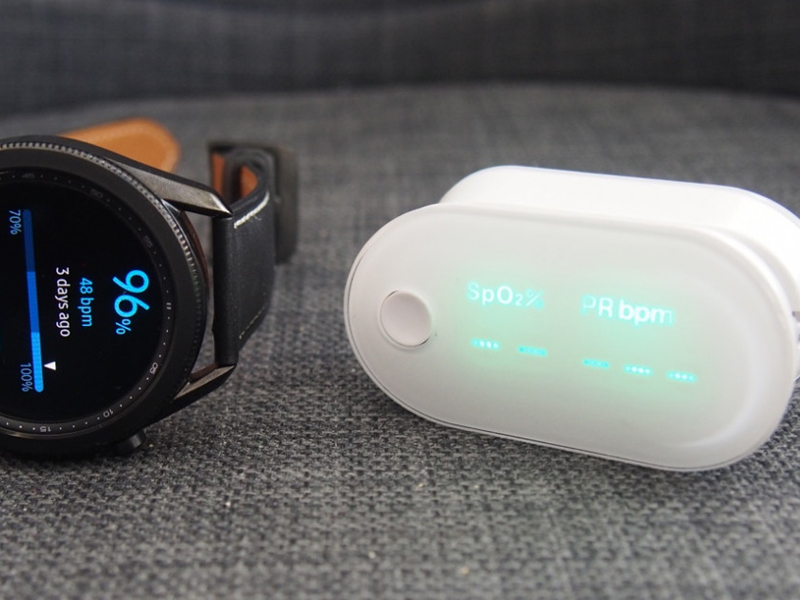
Proning is required only when the patient experiences difficulty in breathing and the SpO2 decreases below 94. Regular monitoring of SpO2, along with other signs like temperature, blood pressure, and blood sugar, is important during home isolation. Moreover, missing out on Hypoxia (compromised oxygen circulation) may lead to worsening complications. Therefore, advice must be taken from the doctor on ways to effectively practice proning at home.
5. Patients and caregivers need to follow certain guidelines for proning
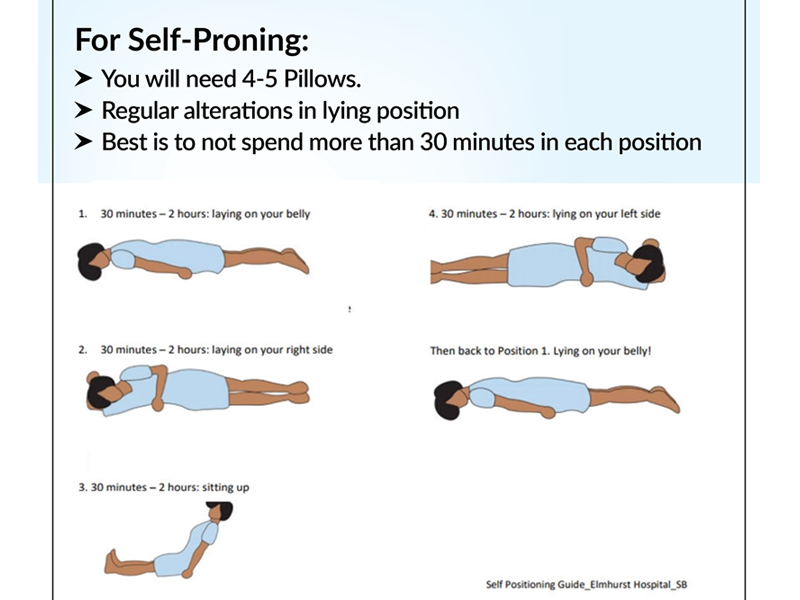
One may prone for up to 16 hours a day, in multiple cycles, suitable to a patient’s comfort and ability. Pillows may be adjusted slightly to alter pressure areas and for comfort. Keep track of any pressure sores or injuries, especially around the bony prominence.
If this is done with a help of a caregiver:
- Place one pillow below the neck
- Place one or two pillows below the chest through the upper thighs
- Place two pillows below the shins
For self-proning:
- You will need 4-5 pillows
- Regular alterations in lying position
- It is best not to spend more than 30 minutes in each position
- After 30mins lie on each side, then sit up before going back to proning
6. Precautionary measures need to be followed religiously
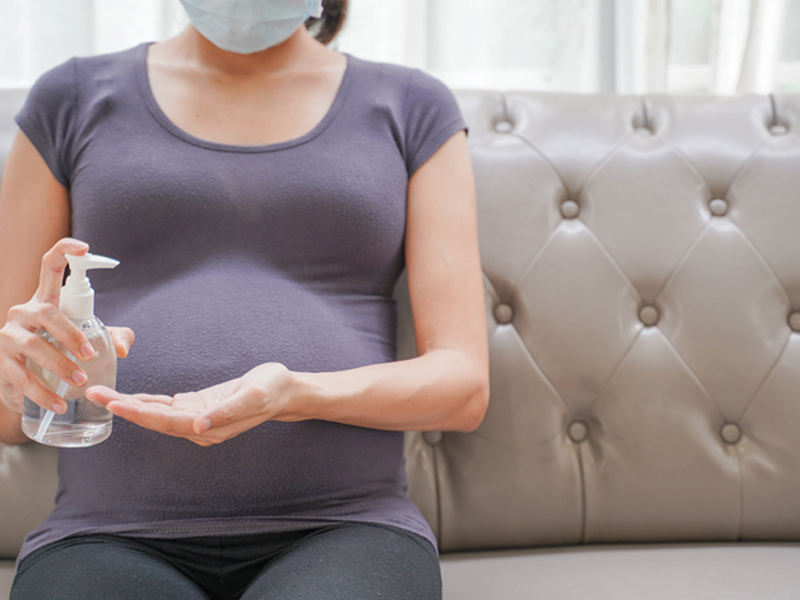
- Avoid proning if pregnant
- Avoid proning for an hour after meals
- Maintain proning for only as many times as easily tolerable
- Keep track of any pressure sores or injuries, especially, around bony prominences
- Avoid proning if you have major cardiac conditions
- Avoid proning if you have an unstable spine, femur or pelvic fractures
Pulmonologist Dr Anshu On The Real-Time Use Of Proning For COVID-19 Patients
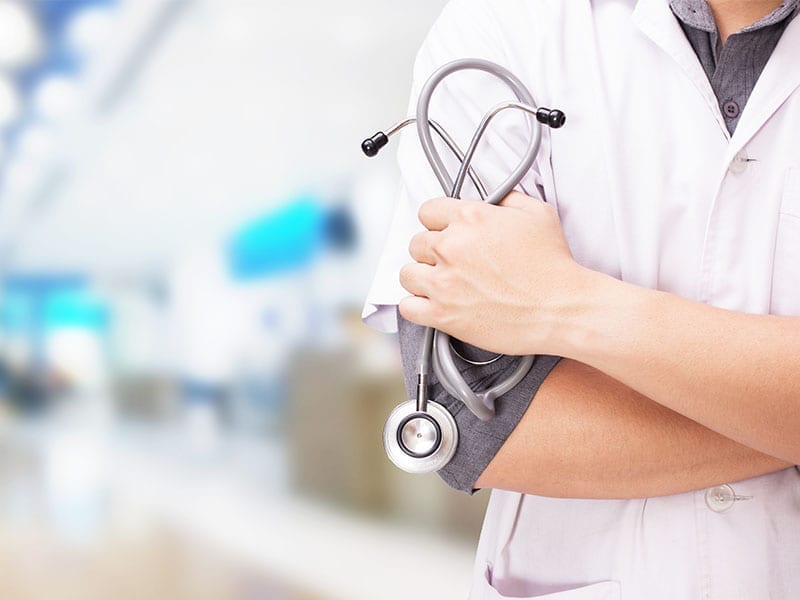
As India continues to battle the COVID-19 crisis, many patients are being recommended home quarantines and therapies to manage the condition by themselves or with the help of family members. Amongst them, proning position is now being actively recommended to COVID patients with fluctuating SPo2 to boost their oxygen levels. It has been helpful in successfully battling respiratory issues and improving breathing.
Proning is a medically accepted process that involves turning a patient with precise, safe motions, from their back onto their abdomen so that the individual is lying face down to improve breathing and oxygen flow in the body.
The basic benefits of proning include:
- Better ventilation of the dorsal Lung regions threatened by Alveolar Collapse
- Improvement in ventilation/perfusion matching
- Potentially an improvement in mortality
The Ministry of Health suggests proning for up to 16 hours a day, in multiple cycles, suitable to a patient’s comfort and ability. While proning is quite effective, avoid it for an hour after meals and maintain proning for only as long as easily tolerable. Patients who can’t lie in the prone position can try sleeping on their right or left side to help improve oxygenation. Also, it is best to avoid proning for pregnant women, patients with Deep Venous Thrombosis (treated in less than 48 hours), patients with major cardiac conditions, and those who have an unstable spine, femur, or pelvic fractures.
Once you recover from Covid-19, it is imperative to get vaccination (if you haven’t been vaccinated before). Vaccination is the best prevention for COVID-19 and experts are urging people to get vaccinated soon. Don’t let the rumours stop you from getting vaccinated, learn the truth and stay safe.

